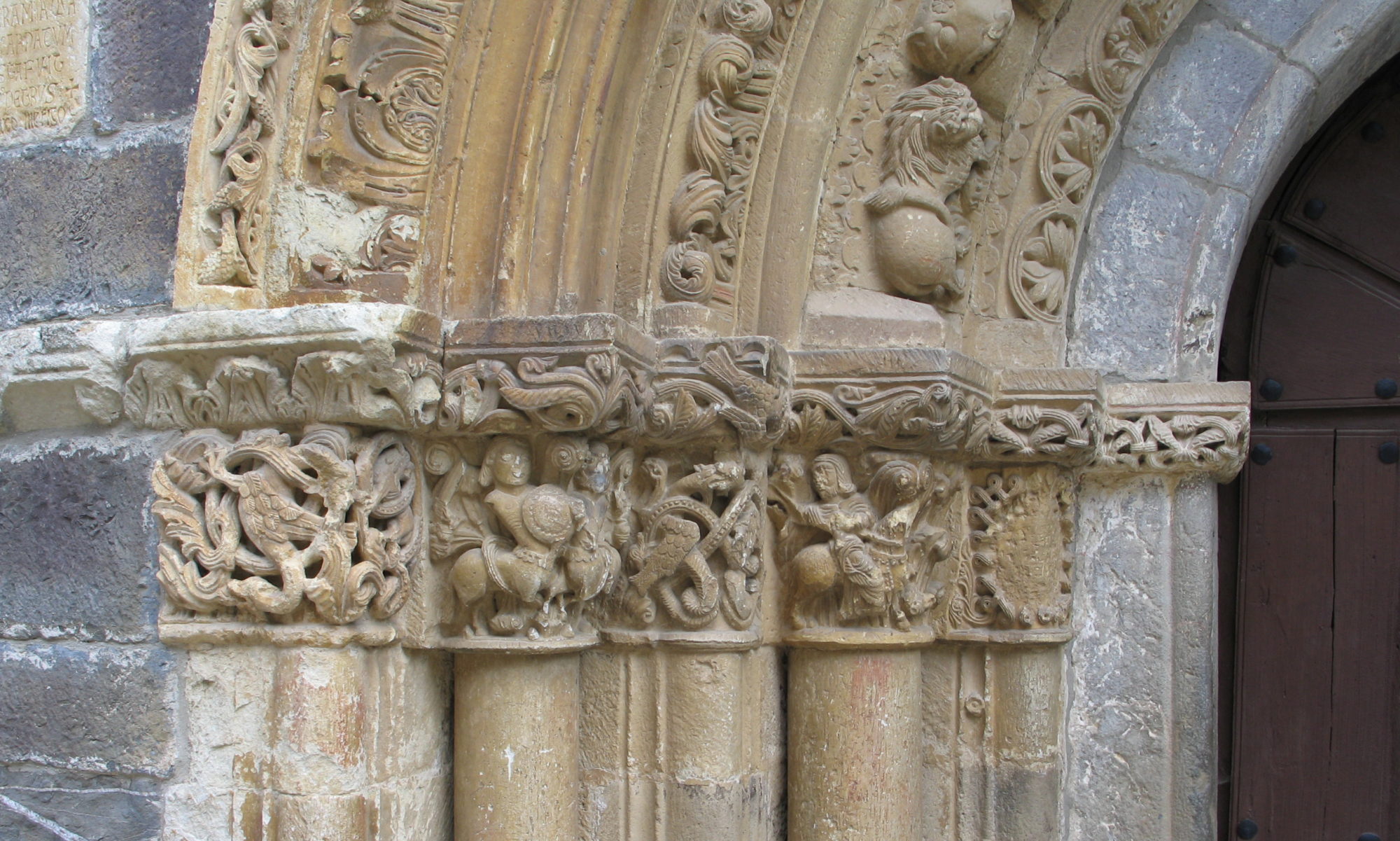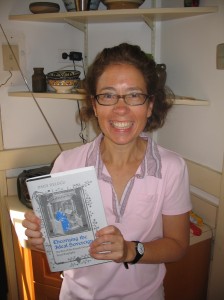A recent article describes genetic studies of Spanish men that show a high percentage of them bear traces of Sephardic Jewish and North African ancestry:
Sephardic Jews leave genetic legacy in Spain
From the 15th century on, Spain’s Jews were mostly expelled or forced to convert, but today some 20 percent of Spanish men tested have Sephardic Jewish ancestry, and 11 percent can be traced to North Africa, a study has found.
“These values are surprisingly high,” the researchers wrote in their report, published in the American Journal of Human Genetics.
They checked the Y chromosome, a stretch of DNA carried only by men and passed down with little change from father to son. Mutations in this gene can be used to trace ancestry, and some have been clearly linked to Sephardic Jewish and northern African populations.
“The genetic composition of the current population is the legacy of our diverse cultural and religious past,” one of the report’s authors, Francesc Calafell, from the evolutionary biology faculty at Pompeu Fabra University in Barcelona, said on Friday.
I thought it was fascinating, and useful data for medieval historians who are trying to weigh the evidence of numbers of Jews who were converted to Christianity and remained in Spain, and those who left. The high numbers of those with Jewish ancestry are especially significant given the usually low estimates of the population of Jews in medieval Spain. Another report suggested that the number of those with Jewish descent were relatively fewer in Catalunya, indicating perhaps the “success” of the pogroms against them in the fourteenth century.
I am of Sephardic descent through my great grandmother. Her last name was Bondy which means “Bon dia” in Catalan (“Good day” or “Yom tov” in Hebrew). My understanding is that all the Bondys in Bohemia were descended from one Sephardic Jew who moved to Prague in the sixteenth or seventeenth century. By chance, I am going to be spending a month at the university where they did this study in January — maybe I’ll have a chance to talk to the researchers!
 Santiago — Saint James — can be found in several different guises. There’s James at the Transfiguration; my favourite, James as a medieval pilgrim; and this version I found in Barcelona on what was probably a church belonging to the military Order of Santiago, Santiago Matamoros, Saint James the Moor-slayer.
Santiago — Saint James — can be found in several different guises. There’s James at the Transfiguration; my favourite, James as a medieval pilgrim; and this version I found in Barcelona on what was probably a church belonging to the military Order of Santiago, Santiago Matamoros, Saint James the Moor-slayer.
